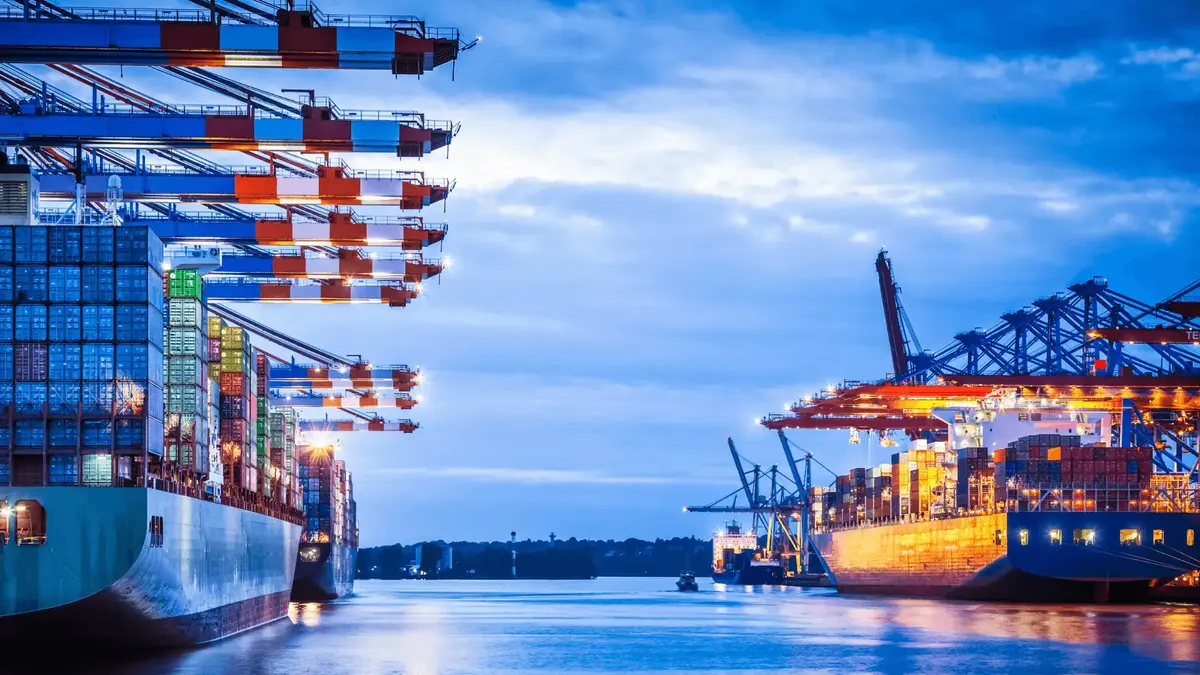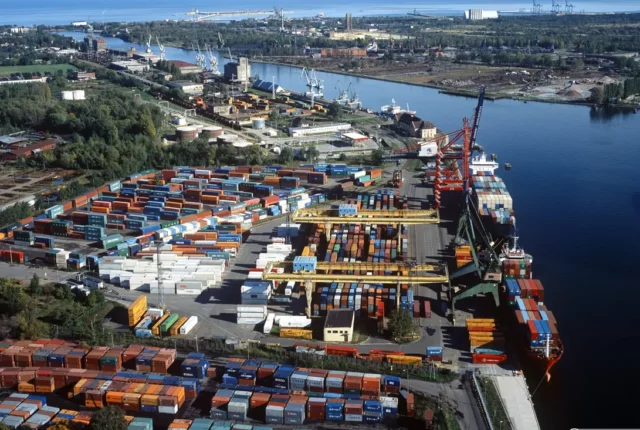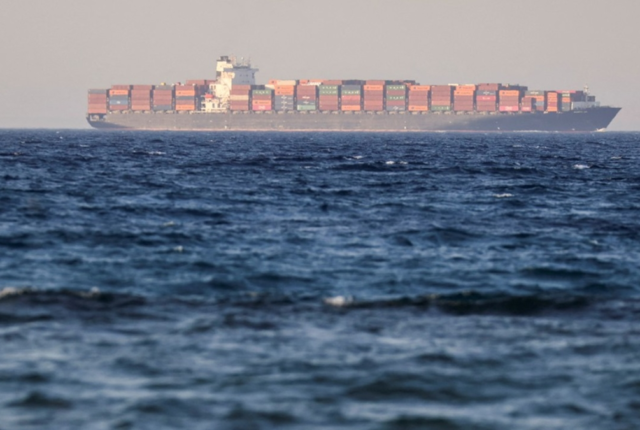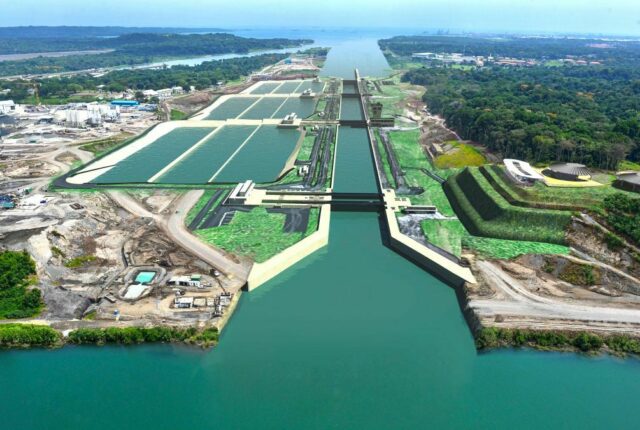
Digital Waves: The Role of Technology in Transforming Sea Freight
In the vast ocean of commerce, a new tide is rising—Digital Waves. This article delves into the profound impact of technology on the sea freight industry, ushering in an era of unprecedented transformation.
Definition of Digital Waves
Digital Waves refer to the transformative influence of digital technologies on the maritime trade landscape. It encompasses the integration of cutting-edge technologies to enhance efficiency, safety, and sustainability in sea freight.
Overview of Sea Freight Transformation
Sea freight, once characterized by traditional practices, is undergoing a radical evolution. This transformation is driven by the infusion of digital technologies into every aspect of the shipping process.
Historical Context
Evolution of Sea Freight
Before delving into the digital era, it’s crucial to understand the historical evolution of sea freight. From ancient trade routes to the age of steamships, the industry has always adapted to technological advancements.
Traditional Challenges
Despite its rich history, sea freight faced inherent challenges, including delays, inaccuracies, and inefficiencies. These issues laid the groundwork for the disruptive force of digital waves.
Emergence of Digital Technologies
IoT Integration
The integration of the Internet of Things (IoT) into sea freight operations has been a game-changer. Smart sensors and devices now provide real-time data, optimizing route planning, and cargo handling.
Automation in Shipping Processes
Automation has streamlined labor-intensive tasks, from container loading to documentation. Autonomous vessels and robotic systems contribute to increased efficiency and reduced operational costs.
Impact on Efficiency
Digital Waves have led to the seamless integration of various operational facets. Automated workflows and data-driven decision-making have significantly reduced turnaround times and increased overall efficiency.
Real-time Tracking Systems
Real-time tracking systems provide stakeholders with live updates on the location and condition of cargo. This not only enhances transparency but also enables quick responses to unforeseen challenges.
Enhancing Safety Measures
Predictive Analytics
The implementation of predictive analytics allows for proactive risk management. By analyzing historical data and environmental factors, shipping companies can anticipate and mitigate potential risks.
Emergency Response Systems
Digital Waves have introduced sophisticated emergency response systems. From onboard monitoring to rapid communication channels, these technologies enhance the safety of both crew and cargo.
Environmental Sustainability
Technological Solutions
The sea freight industry is embracing eco-friendly technologies, such as fuel-efficient vessels and emission reduction measures. Digital Waves contribute to a greener approach, aligning with global sustainability goals.
Green Shipping Practices
In addition to technological advancements, there’s a growing emphasis on sustainable practices. From eco-friendly packaging to waste reduction initiatives, the industry is moving toward a more environmentally conscious future.
Challenges and Solutions
Cybersecurity Concerns
As the industry becomes more digitally connected, cybersecurity becomes a paramount concern. Robust cybersecurity measures are essential to protect sensitive data and ensure the uninterrupted flow of operations.
Adapting to Technological Changes
The rapid pace of technological advancements poses a challenge for industry stakeholders. Adaptability and continuous learning are crucial for navigating the evolving landscape of digital waves.
Future Trends
AI and Machine Learning in Sea Freight
The integration of Artificial Intelligence (AI) and Machine Learning (ML) is set to revolutionize sea freight further. From predictive maintenance to autonomous decision-making, these technologies will redefine industry standards.
Blockchain Applications
Blockchain technology promises enhanced transparency and security in sea freight transactions. Smart contracts and decentralized ledgers are anticipated to streamline processes and reduce fraud.
The Human Factor
Skill Upgradation
As technologies reshape the industry, there’s a growing need for a skilled workforce. Continuous training and upgradation of skills ensure that the human element remains integral to the success of sea freight operations.
Impact on Job Roles
While automation streamlines processes, it also prompts a shift in job roles. New positions focusing on technology management and oversight emerge, highlighting the evolving nature of employment in the sea freight industry.
Industry Collaboration
Networking Platforms
Digital Waves encourage collaboration within the industry. Networking platforms facilitate the exchange of ideas, innovations, and best practices, fostering a community-driven approach to sea freight transformation.
Global Partnerships
Collaboration extends beyond borders, with global partnerships driving cross-industry initiatives. Shared resources and expertise contribute to a more interconnected and resilient sea freight ecosystem.
Digital Waves in Other Industries
Cross-Industry Integration
The impact of Digital Waves extends beyond sea freight. Collaborations with other industries, such as logistics and manufacturing, result in innovative solutions and a more comprehensive digital transformation.
Synergies and Challenges
While cross-industry integration presents synergies, it also introduces challenges. Understanding the dynamics of collaboration and addressing potential conflicts are essential for maximizing the benefits of Digital Waves.
Sea Freight in the Post-Digital Era
Anticipated Developments
Looking ahead, the post-digital era holds promises of continued innovation. Anticipated developments include enhanced AI capabilities, advanced sustainability measures, and further improvements in operational efficiency.
Continued Innovations
The journey of sea freight does not end with the current digital transformation. Continued innovations will shape the industry’s trajectory, ensuring its resilience and relevance in the ever-evolving global trade landscape.
Conclusion
Recap of Transformation
In summary, Digital Waves have reshaped the sea freight industry, bringing forth unprecedented efficiencies, safety measures, and sustainability practices. The journey from traditional methods to the digital era marks a pivotal moment in maritime history.
Looking Ahead
As we navigate the seas of technological advancements, the future of sea freight holds endless possibilities. Industry stakeholders must remain agile, adaptive, and collaborative to harness the full potential of Sea Freight.
FAQs
How is technology impacting traditional sea freight practices?
Technology is revolutionizing traditional sea freight practices by introducing automation, real-time tracking, and predictive analytics. These innovations enhance efficiency, safety, and environmental sustainability.
What role does IoT play in sea freight transformation?
IoT integration in sea freight enables real-time data collection and analysis, optimizing route planning, cargo handling, and overall operational efficiency.
What are the future trends in sea freight technology?
Future trends include the integration of AI and Machine Learning, blockchain applications, and ongoing innovations to further enhance operational efficiency and sustainability.






